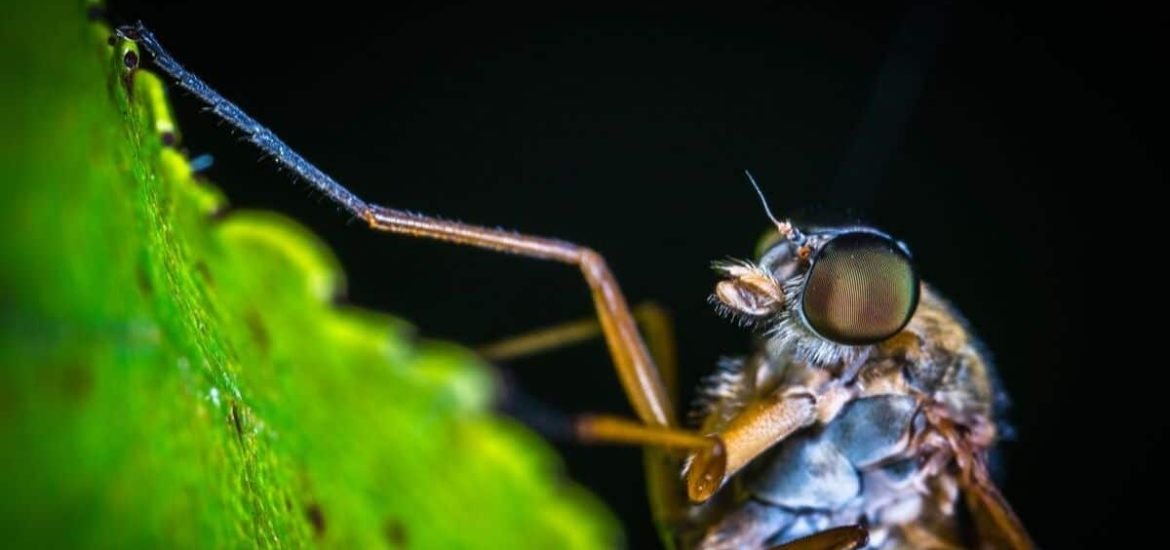
The rapid increase in malaria-carrying mosquitos following the dry season in parts of Africa has puzzled scientists for decades. The surge cannot be explained by breeding within newly rain-filled sites alone. However, a new study published on 2 October in Nature may have the answer (1). The authors provide compelling evidence that the wind may, in fact, transport millions of disease-spreading mosquitoes hundreds of kilometres.
For years, scientists have remained perplexed by the sudden surge in mosquito numbers just after the long dry season in the Sahel, a semi-desert region just south of the Sahara. In theory, mosquito numbers should remain low owing to the lack of surface water — the typical breeding ground for mosquitos — during the dry period. But each year, without fail, the new rain brings with it an unexplainable explosion in the number of malaria-carrying mosquitoes.
In 2014, the team of international researchers published strong evidence showing that at least one malaria-carrying mosquito species may be a long-distance traveller (2). Now, their latest — and incredibly innovative— study shows that many of the next generations of mosquitoes are indeed travelling long distance by hitching a ride on the wind. And one mosquito can travel almost 300 kilometres in a single night, the authors report.
To come up with the new data, they used helium balloons to cast sticky nets above the ground — 40 to 290 meters high — in four different villages and captured more than 450,000 insects across over 600 different nights between 2014 and 2016 during the months of March through November.
Interestingly, more mosquitoes were captured higher up on the net, suggesting they may migrate further at higher altitudes. As expected, most mosquitoes were also caught during the rainy season from July to November. Of the 2748 mosquitoes that were collected, 235 were the malaria-carrying Anopheles type.
The researchers also discovered that at least 80 per cent of the mosquitoes were female, which is the sex that bites and is responsible for spreading the disease. And even more alarming, 90 per cent were already carrying human blood and could, therefore, be harbouring the malaria virus.
Although none of the mosquitoes they tested was carrying the malaria parasite, this is not surprising since only 235 Anopheles mosquitoes were captured and infection rates in the region are below 5 per cent. But perhaps, malaria mosquitoes are not capable of high-altitude air travel. But if they are not, that’s not to say these mosquitoes do not carry other dangerous pathogens. Further studies are still needed. Either way, the results are fascinating.
Insects, including mosquitoes, typically fly close to the ground, where they can find essential resources like food, shelter, mates and breeding sites, and rarely travel more than a few kilometres during their short lifespans. If long-distance travel by malaria-carrying mosquitoes is indeed possible, this certainly increases the risk that disease-mongering populations may be reintroduced after being eliminated from a particular region.
The study suggests that more than 50 million mosquitoes could be carrying malaria hundreds of kilometres each year. Thus, the findings may have important implications for mosquito eradication efforts. As the authors write, the successful elimination of malaria may depend on whether the sources of migrant vectors (mosquitoes that can transmit the disease) can be identified and controlled.
(1) Huestis, D.L. Windborne long-distance migration of malaria mosquitoes in the Sahel. Nature (2019). DOI: 10.1038/s41586-019-1622-4
(2) Dao, A. et al. Signatures of aestivation and migration in Sahelian malaria mosquito populations. Nature (2014). DOI: 10.1038/nature13987